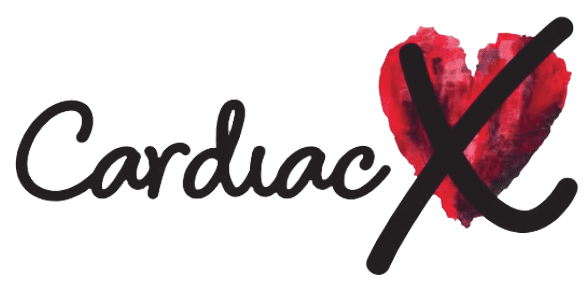When it comes to cardiovascular health, it's important to understand the differences between various medical conditions. Heart attack, cardiac arrest, and stroke are often used interchangeably, but they are distinct medical emergencies with different causes and symptoms. In this blog post, we will explore the key differences between these three conditions.
What is a Heart Attack?
A heart attack, also known as a myocardial infarction, occurs when the blood flow to the heart muscle is blocked. This blockage is usually caused by a blood clot that forms in a coronary artery, which supplies oxygen-rich blood to the heart. The lack of blood flow can damage or destroy a part of the heart muscle, leading to chest pain, shortness of breath, and other symptoms.
What is Cardiac Arrest?
Cardiac arrest is a sudden loss of heart function, often caused by an electrical problem in the heart. During cardiac arrest, the heart's electrical system malfunctions, causing an irregular heartbeat (arrhythmia). This can lead to a rapid and chaotic heart rhythm called ventricular fibrillation. Without immediate treatment, cardiac arrest can be fatal within minutes.
What is a Stroke?
A stroke occurs when the blood supply to the brain is interrupted or reduced, depriving brain tissue of oxygen and nutrients. This can happen either due to a blockage in an artery (ischemic stroke) or a ruptured blood vessel (hemorrhagic stroke). The lack of blood flow can cause brain cells to die, leading to various neurological symptoms such as sudden weakness, numbness, difficulty speaking, or loss of coordination.
Key Differences
While all three conditions involve the cardiovascular system, there are some key differences:
Cause: A heart attack is caused by a blockage in a coronary artery, while cardiac arrest is usually caused by an electrical problem in the heart. Stroke, on the other hand, is caused by a disruption of blood flow to the brain.
Symptoms: Heart attack symptoms often include chest pain, shortness of breath, and discomfort in the upper body. Cardiac arrest is characterized by a sudden loss of consciousness, absence of pulse, and cessation of breathing. Stroke symptoms can vary depending on the area of the brain affected, but they commonly include sudden weakness or numbness on one side of the body, difficulty speaking, and severe headache.
Treatment: Immediate medical attention is crucial for all three conditions. A heart attack may be treated with medications, procedures to restore blood flow, or surgery. Cardiac arrest requires immediate cardiopulmonary resuscitation (CPR) and defibrillation to restore normal heart rhythm. Stroke treatment depends on the type and cause of the stroke, but it may involve medications, clot-dissolving drugs, or surgical interventions.
Outcome: The outcomes of these conditions can vary. While a heart attack can cause permanent damage to the heart muscle, prompt treatment can minimize the damage and improve the chances of recovery. Cardiac arrest is a life-threatening emergency, and without immediate intervention, it can be fatal. Stroke can lead to long-term disability or even death, but early medical intervention can significantly improve outcomes.
It's important to remember that these conditions require immediate medical attention. If you or someone around you experiences symptoms that may indicate a heart attack, cardiac arrest, or stroke, don't hesitate to call emergency services. Time is of the essence when it comes to saving lives and minimizing long-term complications.
By understanding the differences between a heart attack, cardiac arrest, and stroke, you can be better prepared to recognize the symptoms and take appropriate action. Stay informed, stay vigilant, and prioritize your cardiovascular health.


